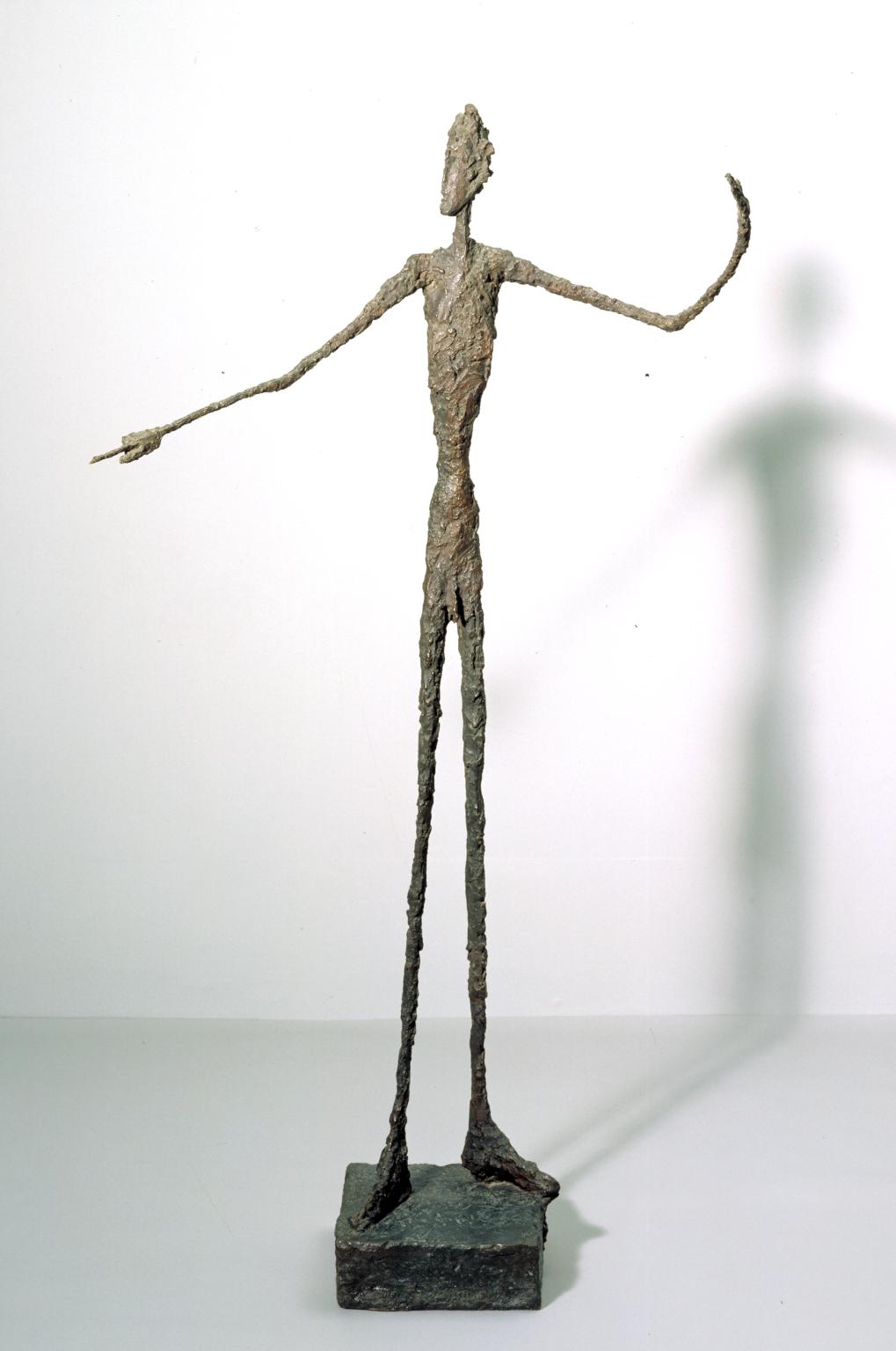 |
||||
|
A Guide for Writing Art History Visual Analysis Essays
Writing about visual content is not the typical everyday task that you will come across. However, it is something art historians will have to tackle during their academic life. A comprehensive guide will help you understand how to approach visual analysis assignments. In art history essays, you will be required to write about a wide range of materials, from illustrations to images. You will also be expected to collect your evidence by observing objects. On the other hand, if you are determined to master this skill by yourself, read on to find out how to go about it. Write Your Observations This kind of essay starts with making your observations and taking notes. They form a critical part of the paper as you will use this data to support your interpretations and claims regarding the subject. The common elements you can mention in your observation include color, material, shape, texture, composition, and even technique. For instance, you can talk about the colors' arrangement, whether they are saturated or complement each other. When talking about shape, you can describe whether the object is geometric, abstract, or idealized. When it comes to technique, you should discuss how the object was created. Was it through painting, sculpting, or carving? What kind of material was used to finish the work? Interpret the Observations What follows is the interpretation of the writer's observations. This could take the shape of a thesis statement. It means that someone else can argue against it, and you will have to back up your claims. Be creative in developing an argument on the object's color arrangement or the technique used to make it. You can also mention the significance and effect of the described elements. For instance, you could say that the background's dull colors signify a rainy day or sunset. Similarly, the materials can help you interpret the origin of the object. Looking at the texture of an image, you can come up with an argument about the technique used by the artist. For example, you can figure out whether the person used painting or carving. Support Your Interpretation Just like in analytical essays, you have to justify your claim. Remember that a thesis statement is the foundation of your essay. It should be strong, and you should also have the evidence to support it. That is why you should dedicate time to describe the subject. Reference the elements you highlighted in your observation to back up your arguments. Also, be very specific so that the reader embraces your ideas and understands the main points of your essay. You are also required to use terms to enhance the formality of your paper. The text should comply with academic writing rules and be suitable for a knowledgeable audience. Your paragraphs should not appear in a list form. Each topic sentence should reinforce the thesis statement, and your paragraphs should flow naturally and logically. Every independent paragraph should focus on one key idea. It should then be supported by several sentences that provide evidence for the claim. The statement that comes next should clarify the relationship between the discussed elements of the object. Remember to finish with a concluding sentence, summarizing the information above in an effective manner. Things to Keep in Mind Your first encounter with this kind of assignment in an art history course can be intimidating. To develop a high-quality essay, you must remember the following. Do Not Generalize Your Claims Note that your observations can be subject to critique from others. You, therefore, should avoid making your claims sound like gospel truth. Do not generalize your interpretation, as it is likely that another student will make a different claim in the essay and support it with their solid evidence. Consequently, using secondary sources to strengthen your claims will not cut it. Employ only observable elements to justify your argument. Avoid Using Excess Information If you are using unnecessary elements to cover the word count, it will be hard to prove your point. Choose only the elements that you need to drive your point home. Any excess will be distracting and can easily confuse and mislead the reader. Conclusion Writing an art history essay for the first time can be intimidating. However, once you get the drift, you will find them very easy to tackle and enjoyable. Remember to use appropriate jargon in your papers as it is what instructors prefer to see. Read through your essay before submitting it to ensure that all the provided requirements have been met. Use this guide for your visual analysis essays to complete them successfully.
|
|
|||
|
|
||||
|
|
||||
